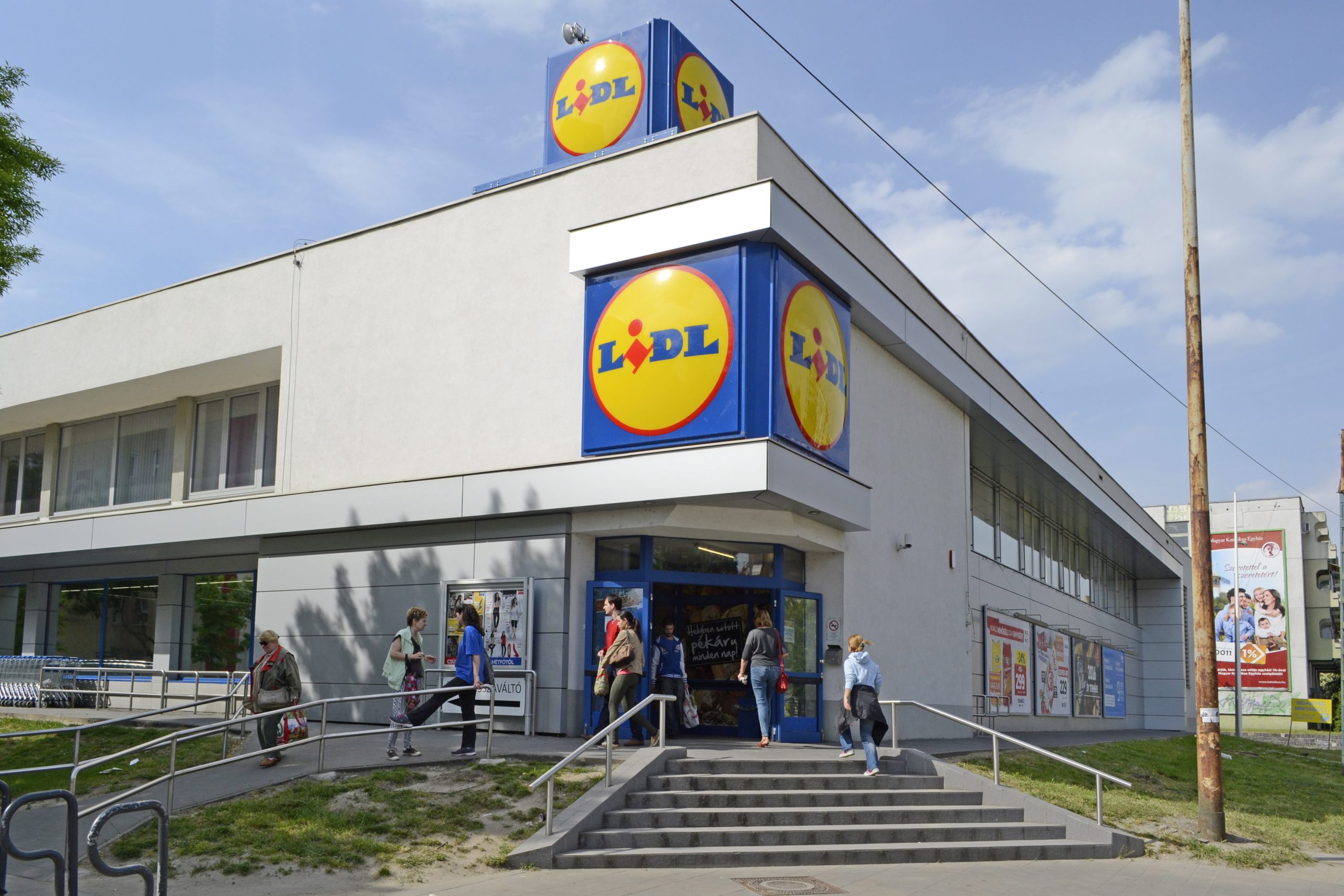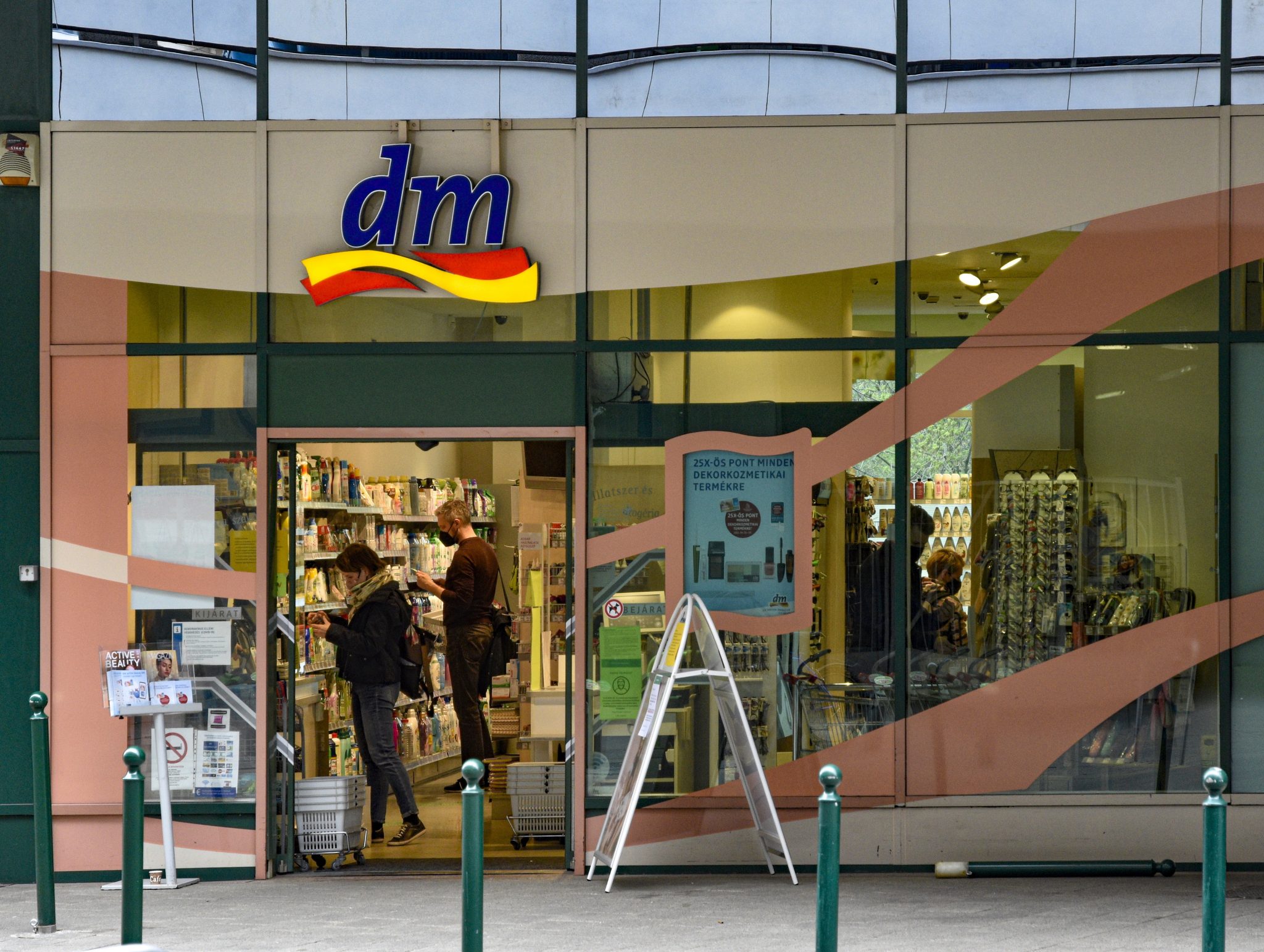
In Hungary, there is often frustration that not only do people in Austria earn more but also that the price of food is said to be lower than in Hungary.Continue reading

According to the results of an online investigation by the news portal G7, the prices in the Hungarian stores of the drugstore chain DM are more expensive in Hungary than in Germany and Austria, which is even a fourfold difference compared to the purchasing power.
This article was originally published on our sister-site, Ungarn Heute.
G7 has done shopping comparisons already between foreign and Hungarian Aldi and Lidl stores. In this case, many times, DM’s own-brand products are the cheapest, so they were able to buy exactly the same shower gel and soap in all three countries. However, toothbrushes, shampoo, combs, tissues, and toilet paper were exceptions. For the first two, another DM-named product had to be chosen because of the selection methodology, and for the latter two, there was even a cheaper domestic product available in Hungary than the DM brand one.
As G7 reported, one of their university readers had an inkling that it is no coincidence that there are several programs in Hungary trying to help women who cannot afford to buy basic hygiene products – because they are expensive. For example, the Red Cross has launched its Girl to Woman program, or the #notluxurybag campaign, which collects and distributes essential products to women in need.
So, with the help of their reader, they compiled an average monthly shopping list based on the recommendations of #notluxurybag donors.
The news portal compiled a shopping cart containing shampoo, toilet paper, toothpaste, tampons, and panty liners that they purchased online in all three countries. This resulted in the following prices:
If we also take into account the wage differences in the individual countries, we can see that this purchase represents 2.07 percent of the average Hungarian wage, whereas for Austrians and Germans it is only 0.52 percent. This already means a fourfold difference in terms of purchasing power.
A major reason for this difference may be the Hungarian VAT rate of 27 percent, which is significantly higher than in Austria (20 and 10 percent, respectively) and Germany (19 and 7 percent, respectively).
Source: HVG
Featured image via László Róka/MTVA